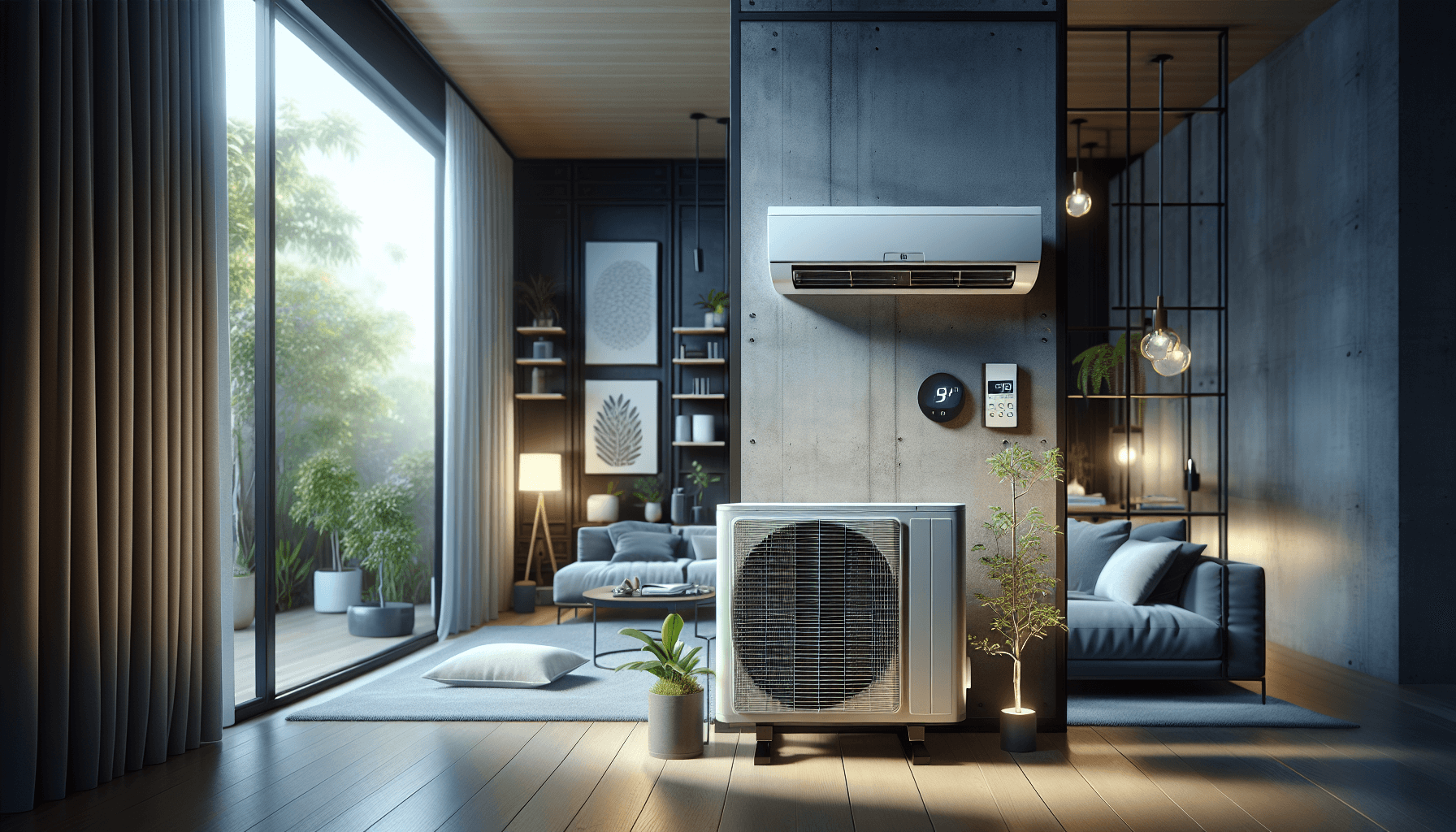
Choosing the right air conditioning unit for your home or office is crucial. Understanding SEER ratings can help you make an informed decision. Here, we break down what SEER ratings mean and why they matter.
When you’re in the market for a new air conditioning unit, it’s important to understand the significance of SEER ratings. These ratings play a pivotal role in determining the efficiency and performance of an AC unit. By grasping this concept, you can ensure you’re making a cost-effective and environmentally-friendly choice.
What are SEER Ratings?
SEER stands for Seasonal Energy Efficiency Ratio. It measures the cooling output of an air conditioner over a typical cooling season, divided by the energy it consumes in watt-hours. The higher the SEER rating, the more efficient the unit is. This means that a unit with a higher SEER rating can provide the same amount of cooling as a lower-rated unit but use less energy.
It’s crucial to consider SEER ratings when evaluating different AC units because it directly impacts your energy bills and environmental footprint. Regular AC maintenance is essential to maintain efficiency. Additionally, choosing a unit with a higher SEER rating might come with a higher upfront cost, but it often leads to significant savings in the long run.
SEER ratings are calculated under specific test conditions, which may not always reflect real-world usage. Factors such as proper installation, regular maintenance, and local climate can all affect an AC unit’s actual efficiency. It’s important to note that while SEER ratings provide a standardized comparison tool, they should be considered alongside other factors when making a purchase decision. For instance, two units with the same SEER rating might perform differently based on the specific technologies they employ or their suitability for your particular environment.
Why SEER Ratings Matter
Understanding why SEER ratings matter can help you prioritize your needs and budget effectively. Higher SEER-rated units are engineered to use less electricity, leading to lower utility bills and reduced greenhouse gas emissions. In addition, some regions offer rebates or incentives for purchasing high-efficiency models, further reducing your overall costs.
By choosing a high-SEER rated unit, you’re not just saving money, you’re also contributing to environmental conservation efforts by reducing your carbon footprint. This is a simple way to make a sustainable action.
How to Determine the Right SEER Rating for You
The ideal SEER rating for your needs depends on various factors such as climate, usage patterns, and your budget. For instance, if you live in a region with extremely hot summers, investing in a higher SEER-rated unit can provide more consistent comfort and lower operating costs over time. Conversely, if you only need occasional cooling, a mid-range SEER rating might be more suitable.
Consulting with HVAC professionals can provide personalized recommendations based on your specific circumstances. They can assess your home or office’s cooling needs and suggest units that balance performance and cost-effectiveness. Remember that while a higher SEER rating is beneficial, it should also align with other essential features like durability and warranty coverage.
Future Trends in AC Technology
The air conditioning industry is constantly changing, with new technologies aiming to improve efficiency and sustainability. Innovations such as smart thermostats and variable-speed compressors are becoming increasingly popular for their ability to optimize energy use and enhance comfort levels. These advancements often come integrated with high-SEER rated units, offering even greater benefits.
Looking ahead, it’s likely that government regulations will continue to push for higher efficiency standards in HVAC systems. Staying informed about these trends ensures that you’re prepared to upgrade your equipment when necessary and take advantage of the latest technological improvements.
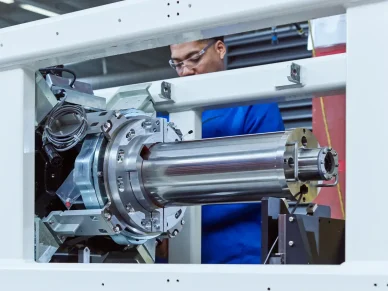





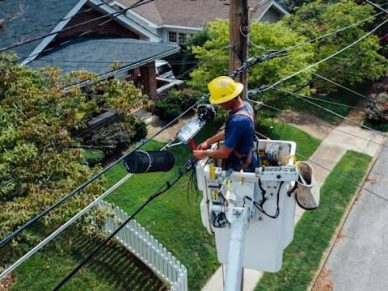
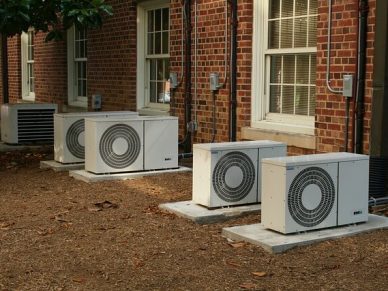


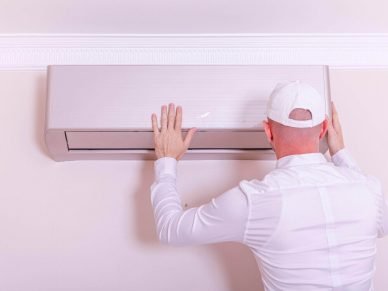





Leave a Reply